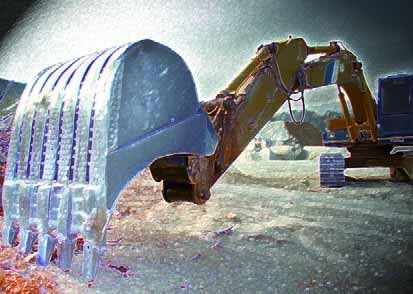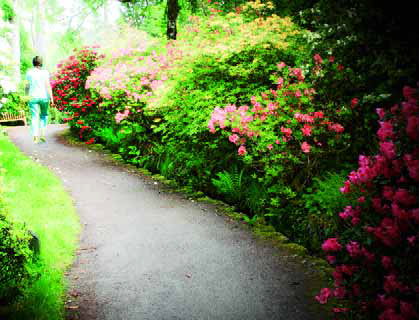ARTICLES
Advance Search
Aquatic Health
Aquatic Health, Fitness & Safety
Around the Internet
Aquatic Culture
Aquatic Technology
Artful Endeavors
Celebrity Corner
Life Aquatic
Must-See Watershapes
People with Cameras
Watershapes in the Headlines
Art/Architectural History
Book & Media Reviews
Commentaries, Interviews & Profiles
Concrete Science
Environment
Fountains
Geotechnical
Join the Dialogue
Landscape, Plants, Hardscape & Decks
Lighter Side
Ripples
Test Your Knowledge
The Aquatic Quiz
Other Waterfeatures (from birdbaths to lakes)
Outdoor Living, Fire Features, Amenities & Lighting
Plants
Ponds, Streams & Waterfalls
Pools & Spas
Professional Watershaping
Structures (Editor's Notes)
Travelogues & History
Water Chemistry
WaterShapes TV
WaterShapes World Blog
Web Links
Around the Internet
Aquatic Culture
Aquatic Technology
Artful Endeavors
Celebrity Corner
Life Aquatic
Must-See Watershapes
People with Cameras
Watershapes in the Headlines
It only makes sense that designers should promote themselves in ways that reflect their abilities. When we look at the materials many watershapers use to market their services, however, it's obvious that everything from business cards to brochures and web sites has often been assembled without much attention being paid to how messages are conveyed in words, images or graphics. Recognizing these shortcomings in others prompted me to reflect on my own approach to marketing and promotion - which in turn led me to pick up a copy of Marketing for Architects and Designers by Harold Linton, Laura Clary and Steven Rost (W.W. Norton & Company, 2006). As the helpfully descriptive title indicates, this 150-page, beautifully illustrated text defines what designers need to know about
One would like to think that if there was anything all watershapers were good at doing, it would be digging holes. As with many other watershaping activities, however, it is apparent that some are better at it than others and that the excavation portion of a project either does a good job of setting the stage for great things to follow - or involves errors that can project themselves all the way through to the finished product. In my view, getting things right at this stage is as important as any other step in the design, engineering or construction process and is actually
One would like to think that if there was anything all watershapers were good at doing, it would be digging holes. As with many other watershaping activities, however, it is apparent that some are better at it than others and that the excavation portion of a project either does a good job of setting the stage for great things to follow - or involves errors that can project themselves all the way through to the finished product. In my view, getting things right at this stage is as important as any other step in the design, engineering or construction process and is actually
This has been a year of changes. Consider the weather, which, in my corner of the world, saw unusual, sustained periods of freezing temperatures never witnessed in my lifetime along with inconceivably low rainfall totals that make water rationing a very real possibility on southern California's horizon. Whether these climatic extremes are, as some scientists are saying, a consequence of global warming or not, the fact of the matter is that these phenomena are worrisome and their implications need to be
One of the fascinating things about working with the different types of clients we encounter as watershapers is that we can never really know what to expect. If my years of experience have taught me anything, it's that perception is often very different from reality. Instead, what I find is that the basic assumptions we might be inclined to make about different "categories" of clients are, often as not, completely confounded by the uniqueness of every situation. As a result, working effectively across a range of project types and client economic levels means being able to withhold judgment or at the very least avoid
One of the fascinating things about working with the different types of clients we encounter as watershapers is that we can never really know what to expect. If my years of experience have taught me anything, it's that perception is often very different from reality. Instead, what I find is that the basic assumptions we might be inclined to make about different "categories" of clients are, often as not, completely confounded by the uniqueness of every situation. As a result, working effectively across a range of project types and client economic levels means being able to withhold judgment or at the very least avoid
It is with complete and utter candor that I must point out a significant error on my part. In our June 2007 issue, we mistakenly ran several photos with
It is with complete and utter candor that I must point out a significant error on my part. In our June 2007 issue, we mistakenly ran several photos with
My love of nature started with a rock collection I had as a child: My fascination with the simple beauty of those small pieces of stone hit me early in life and never left. Several years later, my outlook was dramatically expanded when a wealthy uncle of mine paid to have a formal Japanese garden built for his home in Boulder, Colo. Ever since, I've had a profound appreciation of archetypal Japanese gardens and the way they celebrate nature through landforms, rocks, plants and water. By the time I was in high school, I had already decided that my career was going to involve working outdoors, and from that time forward, my prime interest was in bringing the techniques and disciplines of Japanese gardens into the greater American landscape both where I grew up in the Pacific Northwest and elsewhere. For 30 years now, I've worked as a landscape artist in that region - for 15 years in Portland and for the last 15 in Eugene, Ore. Although many of my designs are not what you could describe as "Japanese gardens" per se, everything I do is informed and influenced by those traditions. I bear no grudge of any sort against the beauty of gardens in the Western European tradition, but to my mind, there's nothing in landscape design that harmonizes more seamlessly with nature than



















Making Changes